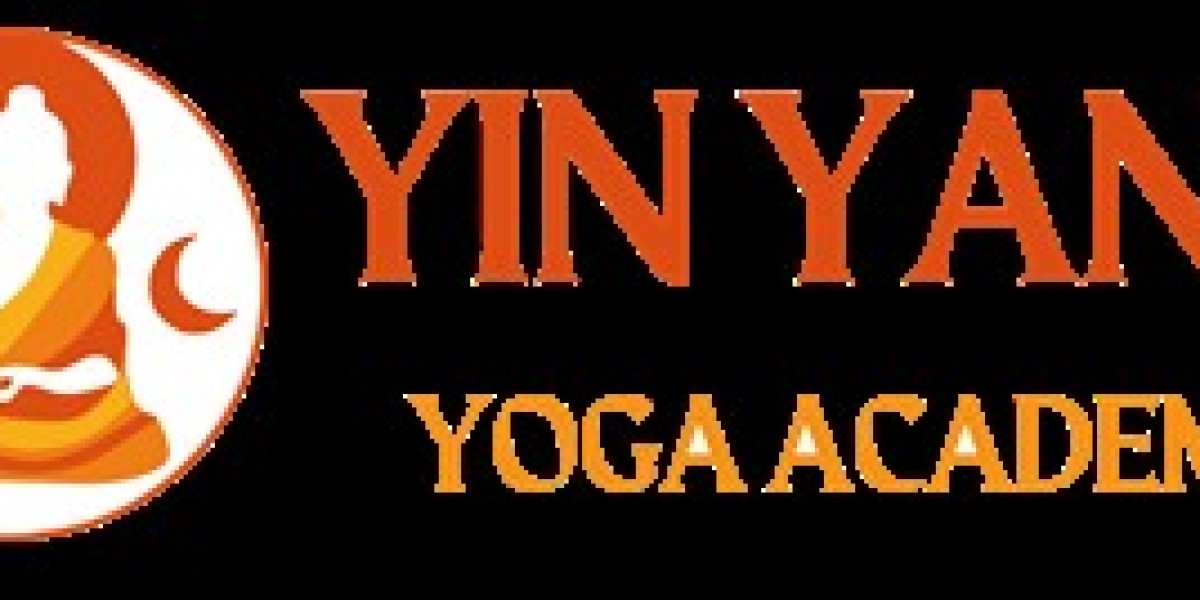Ujjayi Pranayama, often translated as the “Victorious Breath” or “Ocean Breath,” is one of the foundational breathing techniques used in yoga and meditation practices. Derived from the Sanskrit words "ujjayi" (meaning "to conquer" or "be victorious") and "pranayama" (meaning "breath control"), this technique is designed to enhance focus, regulate energy, and calm the nervous system. Unlike regular breathing, Ujjayi involves a gentle constriction of the throat, which produces a soothing, audible sound as the breath flows in and out.
Whether you're new to yoga or seeking to deepen your practice, learning the Ujjayi Pranayama steps is a valuable investment in your physical, emotional, and spiritual well-being.
Benefits of Ujjayi Pranayama
Before diving into the exact steps, it's helpful to understand why Ujjayi is so widely practiced and recommended:
Calms the mind and reduces anxiety
Improves concentration during yoga and meditation
Increases lung capacity and breath control
Supports the parasympathetic nervous system, promoting relaxation
Helps regulate body heat, especially in dynamic yoga styles like Vinyasa or Ashtanga
Balances prana (life force) in the body
Ujjayi Pranayama Steps
Here is a step-by-step guide to help you master the Ujjayi breathing technique:
Step 1: Find a Comfortable Seated Position
Begin by sitting in a comfortable position with a straight spine. You can sit on the floor in a cross-legged posture or on a chair with your feet flat on the ground. Relax your shoulders and place your hands gently on your knees or in your lap.
Step 2: Inhale Deeply Through the Nose
Start with a slow, deep inhalation through your nose. Let your chest and abdomen expand naturally without force. Focus on filling your lungs completely and evenly.
Step 3: Slightly Constrict the Throat
As you breathe in, gently constrict the muscles in the back of your throat (the glottis). This is similar to the feeling you get when fogging up a mirror with your breath—but instead of exhaling through the mouth, keep your lips sealed and inhale through your nose. This will create a subtle, ocean-like sound.
Step 4: Exhale Slowly Through the Nose with the Same Constriction
Maintain the throat constriction as you exhale. The breath should be steady and controlled, with a soft hissing or whispering sound audible to you. This sound is what characterizes the Ujjayi technique.
Step 5: Maintain a Rhythmic, Even Breath
Continue this pattern of breathing—long, smooth inhalations and exhalations through the nose, with the gentle throat constriction—keeping your attention focused on the sound and sensation of your breath. Aim for equal length in both the inhale and exhale. You may want to count to four on the inhale and four on the exhale to help establish a rhythm.
Step 6: Practice for 5–10 Minutes Daily
Start with a few minutes each day and gradually increase the duration as you become more comfortable. Ujjayi Pranayama can be practiced on its own or during asana (yoga postures) to enhance awareness and control.
Tips for Practicing Ujjayi Pranayama Effectively
Avoid strain: The throat constriction should be gentle and not forced. If your throat feels sore or tight, ease up.
Listen to your breath: The sound of Ujjayi should be audible to you but not disturbing to others nearby.
Keep the breath natural: Avoid gasping or forcing the breath. It should feel smooth and natural.
Use during yoga practice: Ujjayi is especially beneficial during flowing yoga styles, helping to link breath with movement.
Precautions
While Ujjayi Pranayama is safe for most people, those with respiratory conditions (like severe asthma or bronchitis), high blood pressure, or cardiovascular issues should consult a healthcare provider or certified yoga instructor before practicing. Always stop if you feel dizzy or uncomfortable.
Conclusion
Mastering the Ujjayi Pranayama steps can significantly deepen your yoga and meditation practice. This ancient technique not only supports physical health but also promotes mental clarity and emotional balance. By practicing regularly and mindfully, you can experience the transformative power of your own breath—a simple yet profound tool for healing and self-awareness.








